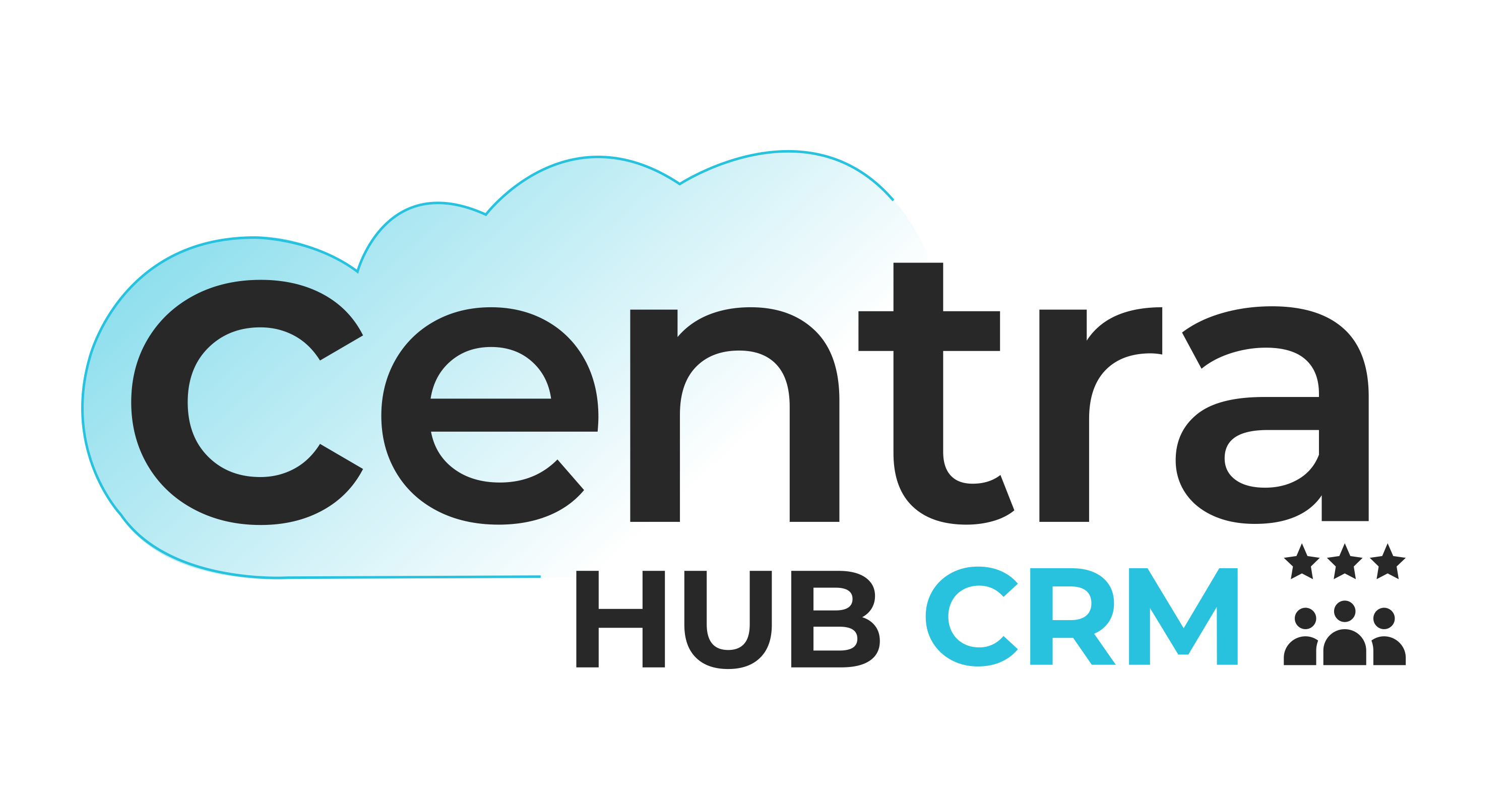On-premise vs Cloud-based ERP: Which One to Choose?
Cost considerations
Cost is a significant factor when evaluating ERP options.
On-premise ERP software typically requires a substantial upfront investment for hardware, software licenses, and infrastructure setup. Additionally, there are ongoing costs for maintenance, upgrades, and IT support. In contrast, cloud-based systems operate on a subscription model, offering a pay-as-you-go approach with predictable monthly or annual fees.
While cloud-based ERP eliminates upfront expenses and reduces infrastructure costs, businesses must carefully assess long-term expenses to ensure cost-effectiveness. Factors such as scalability, customization, and data storage requirements should be considered to determine the true cost implications of both options.
Flexibility and scalability
Flexibility and scalability are crucial considerations, especially for growing businesses.
Cloud-based ERP systems offer inherent flexibility, allowing users to access data and applications from anywhere with an internet connection. This flexibility enables remote work and supports business continuity. Cloud-based solutions also provide scalability, allowing businesses to easily add or remove users and adjust storage capacity as needed.
On the other hand, on-premise ERP software may be more limited in terms of accessibility, as it requires local network access. Scalability in an on-premise environment often involves additional investments in hardware and infrastructure upgrades, which may pose challenges for rapid expansion or fluctuating business needs.

Maintenance and updates
Another factor to consider is the maintenance and updates associated with ERP systems.
Cloud-based ERP software simplifies this aspect as the responsibility for system maintenance and updates lies with the service provider. Regular updates, bug fixes, and security patches are seamlessly applied by the provider, ensuring that businesses are always on the latest version without disrupting operations.
In contrast, on-premise ERP systems require businesses to handle maintenance tasks internally, including system updates, patches, and backups. This can be time-consuming and may necessitate dedicated IT resources.
Organizations must assess their internal capabilities and willingness to manage ongoing maintenance when making a decision.
Data security and control
Data security is a critical consideration for any business.
Cloud-based ERP systems provide robust security measures, often surpassing what individual businesses can implement on-premise. Reputable cloud service providers employ multiple layers of security protocols, including encryption, access controls, and regular backups to ensure data protection and disaster recovery.
However, some businesses may have regulatory or compliance requirements that necessitate more control over data. In such cases, on-premise ERP software allows organizations to retain complete control over their data, infrastructure, and security protocols.
Assessing the sensitivity and criticality of the data being handled, along with legal and industry compliance requirements, will guide the choice between cloud-based and on-premise deployments.
Customization and integration
Businesses often have unique processes and workflows that require customization and integration with other applications.
On-premise ERP software typically offers greater customization flexibility, allowing businesses to tailor the system to their specific needs. This can involve modifying code, creating custom modules, or integrating with legacy systems.
Cloud-based ERP systems, while offering a certain level of customization, may have limitations due to multi-tenant architecture. However, they often provide a wide range of pre-built integrations with popular business applications, enabling seamless data flow across different software systems.
Evaluating the extent of customization and integration required for your business processes will influence the choice between cloud and on-premise ERP solutions.
Conclusion
Choosing between on-premise and cloud-based ERP software is a critical decision that can shape your business's operational efficiency, flexibility, and growth. Consider the mentioned factors to make an informed choice that aligns with your business requirements and long-term goals.
For more details and expert advice, fill up the form.







